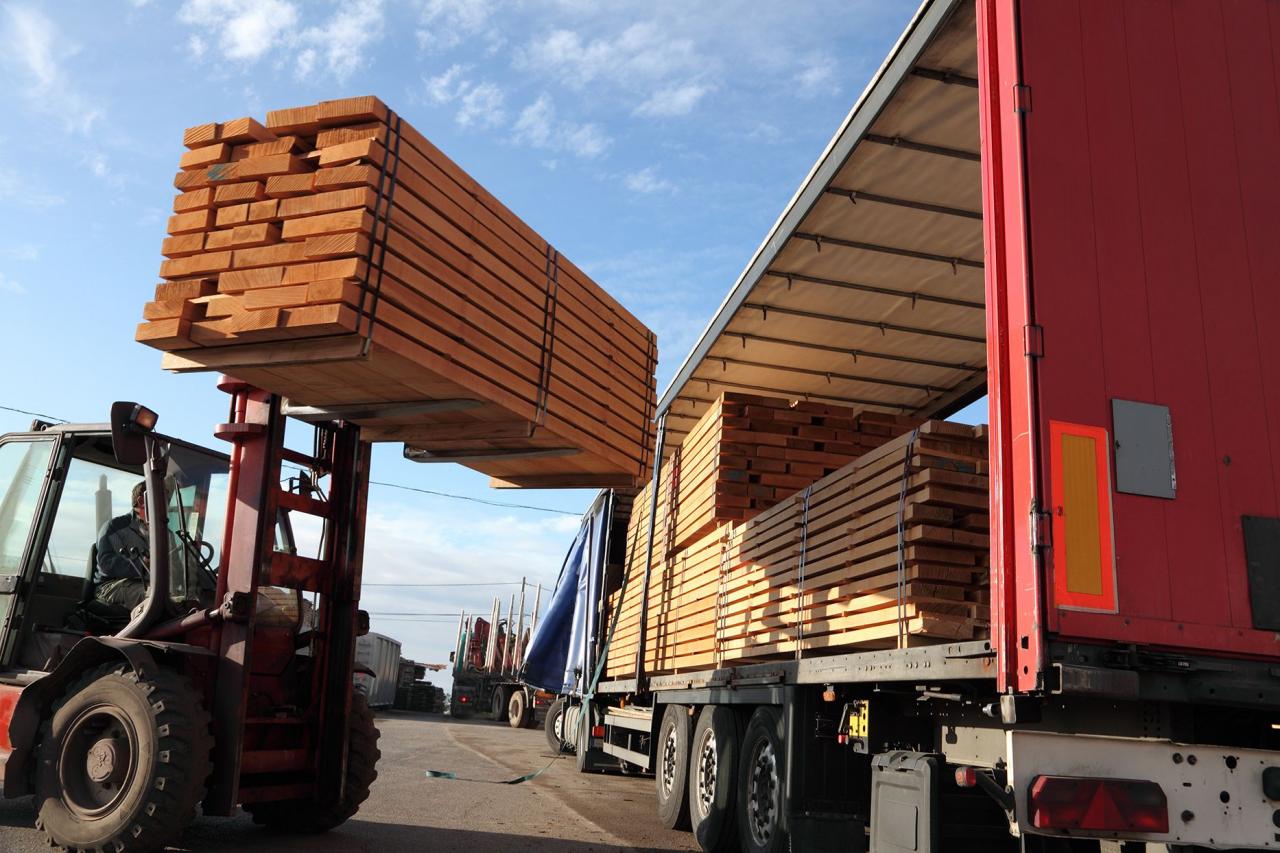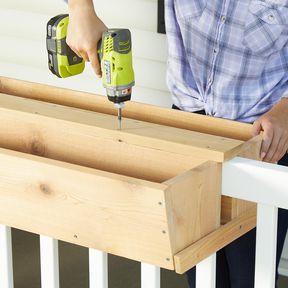As you get ready to start home DIY projects, prepare for record-breaking lumber costs. Over the past year, the expense has increased 430%– from $259 per 1,000 board feet of lumber to over $1,300, according to Fixr, a house remodeling resource. The latest numbers from Nasdaq reveal lumber prices at $1,500 for 1,000 board feet.
With lots of people making the most of historically low interest rates and building brand-new houses, plus high demand for redesigning projects causing a scarcity in lumber, lots of are finding that their jobs are taking longer to end up. And for those with prepare for DIY tasks needing lumber, setting a budget is a difficulty.
” As the rate continues to alter, it’s ending up being hard to budget plan just how much particular improvement might cost,” states Adam Graham, construction industry expert at Fixr.
While you may need to wait on certain remodellings due to today’s skyrocketing lumber rates, there are still methods to finish your tasks– you just need to get a little imaginative. Here are some expert suggestions on browsing high lumber prices and what you can do to find more inexpensive options.
1. Plan ahead.
Before you begin your job, come up with a detailed plan. While this might not be the way you ‘d usually go about home jobs, sticking to a strong, in-depth SOW will assist prepare you for the cost. If lumber will be a big part of your task, thoroughly mark and determine the lumber you’ll require, so nothing goes to squander.
2. Modification the focus of your task.
According to a report by Wells Fargo economists, lumber expenses are not expected to come down to their pre-pandemic levels anytime quickly. Instead of canceling lumber-heavy tasks on your list, like brand-new cabinets or floor covering, try refocusing. Graham suggests using paint to update a location in your home that might utilize a refresh.
” Other product upgrades, like backsplashes or kitchen area countertops, may be a more affordable alternative this year,” states Graham. Do it yourself projects have more elements to them than lumber, so spending plan where you can to offset the costs of lumber.
3. Use alternative products.
The record-breaking prices of lumber may be a chance to use less expensive and more sustainable materials. Recycled wood utilized to be considered a premium product, according to designer Kaitlin Barthold, today that lumber prices are so high, it’s far more affordable, and there are lots of great usages for reclaimed wood.
” I strongly believe that home builders and the building and construction industry will be trying to find any cheaper alternatives,” says Barthold. “Bamboo is a terrific quick-growth choice that can work for floor covering.” She also recommends exploring cork, or Trex, which is made from recycled plastic.
Utilizing barn wood or wood from old structures is another sustainable and affordable alternative. Gregory Kyler, certified basic professional and co-owner of Property People LLC, suggests calling a regional demolition business.
” Ask them if they’re taking down a home, and possibly they can sell you the materials off of it,” states Kyler. He states most lumber is engineered nowadays, so what you’re getting is a recycled material in itself.

4. Shop around.
Take a look at local recovered wood shops in your area. You can even look for reclaimed and recycled wood on eBay, Craigslist, and Etsy. RockinWoodUSA offers recovered wood on Etsy– like this box of 6 24″ wooden slabs for $26. You can likewise go shopping Overstock or Wayfair– Berger states you can typically find the same materials there for 50% less than at bigger retailers.
5. If you’re going through a professional, carefully review all the documents.
If you have a bigger task that involves a professional or a remodeling business, ensure you thoroughly evaluate all the contracts. Since of the unpredictability around high lumber costs and when they will boil down, lots of agreements are including price escalation provisions. This indicates that the final cost of your job is subject to change if there are fluctuations in the cost of products throughout the project, leaving you with an unclear idea of your bottom line. Lawyer Christopher Zarda with MacQueen & Gottlieb PLC encourages homeowners to try to find any stipulations that permit the contractor to increase the price due to the expense of raw materials and “recognize when the professional (and the homeowner) may cancel the agreement if the price rises excessive beyond the amount listed in the contract.”
Lumber expenses are at all-time highs and do not show any sign of coming down anytime soon, but don’t cancel your DIY projects just yet. Check out all the options readily available to you, so you can prepare your budget plan accordingly and discover more reasonable and sustainable methods to bring your vision to life.



